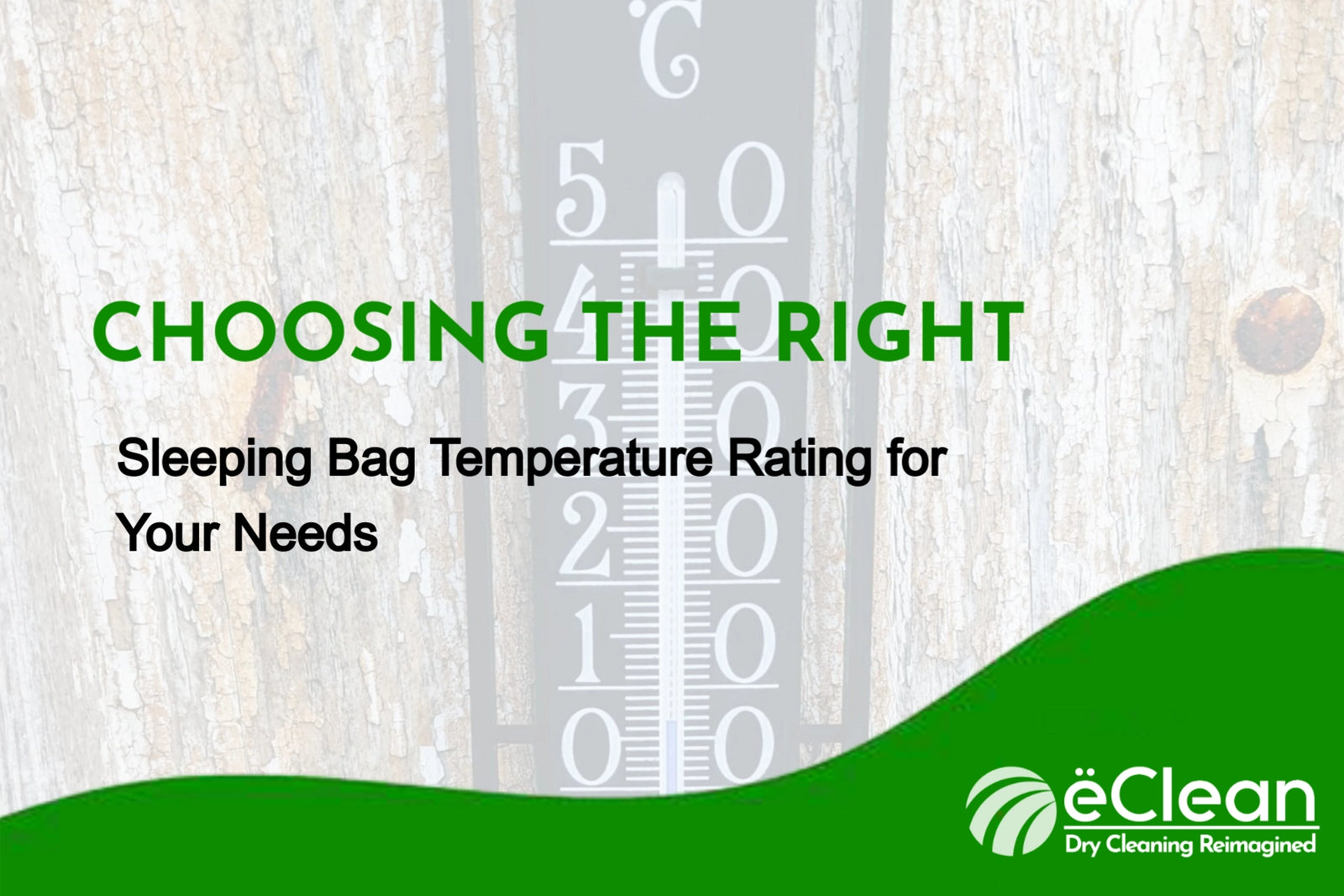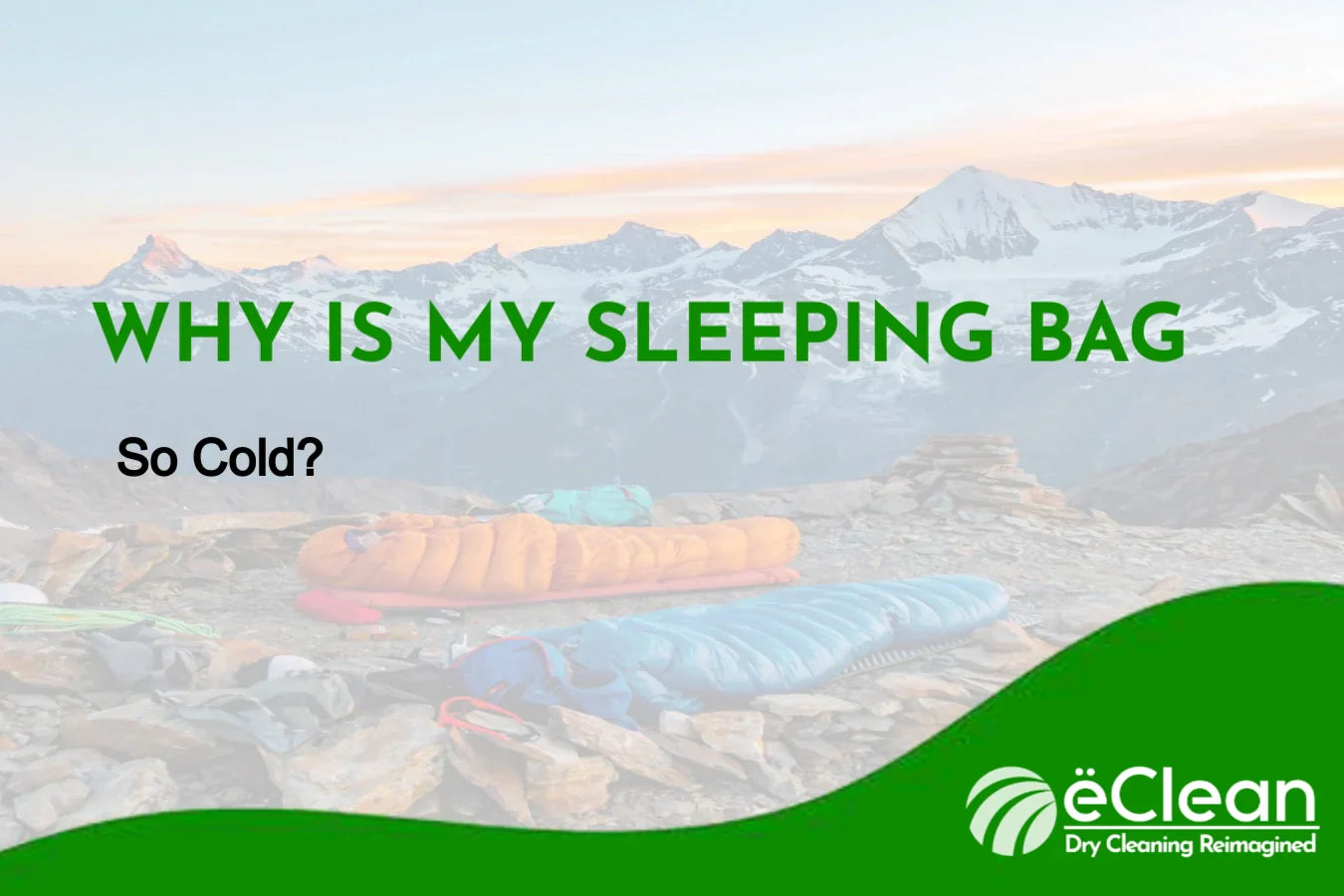Your Cart is Empty

For outdoor adventures or emergencies, a good sleeping bag is important for a safe and comfortable night's sleep. Among the many factors to consider when selecting a sleeping bag, the temperature rating is of utmost importance. In this article, we'll help you choose the right sleeping bag temperature rating that fits your needs.

Sleeping bag ratings show the coldest temperature at which it can keep an average sleeper warm and insulated. Typically, sleeping bag temperature ratings fall into three categories: comfort, limit, and extreme.
Sleeping bag temperature ratings typically follow a standardized numbering system that helps buyers understand the expected temperature range in which a sleeping bag is suitable for use. These ratings are part of a European Norm (EN) system, which provides a standardized set of tests for sleeping bags across the industry.
The EN system breaks down sleeping bag temperature ratings into three values:
It is important to note that these ratings are based on a standard set of assumptions about the sleeper, such as height and weight, and the environment, such as wind chill and humidity. Therefore, it's always better to select a sleeping bag rating that's slightly lower than the expected temperature, to ensure optimal warmth and comfort. Furthermore, using additional layers, such as thermal base layers, can help improve the warmth and weather resistance of a sleeping bag.

When picking a sleeping bag temperature rating, it's important to think about the weather where you'll be using it. Take into account the average nighttime temperatures you might encounter at each destination.
If you frequently camp in colder regions or during the winter season, it's important to select a cold weather sleeping bag. This way, you can be sure you have a temperature rating that can handle the lowest temperatures you might face.
By choosing a bag with an appropriate temperature rating for the specific climate you'll be in, you can ensure that you stay warm and comfortable throughout the night, even in the coldest conditions.
Understanding your personal cold tolerance is another crucial factor when selecting a sleeping bag temperature rating. If you tend to get cold easily or consider yourself a cold sleeper, it's advisable to choose a sleeping bag with a lower limit rating such as a military sleeping bag.
A lower limit rating ensures that the bag will provide sufficient warmth to keep you comfortable during the night. By taking your personal cold tolerance into account, you can avoid any discomfort or potential health risks associated with being too cold during your outdoor adventures.
You could also consider carrying an emergency sleeping bag with you in case of drastic temperature changes or actual emergency situations.
If the temperature changes significantly, it is advisable to choose a sleeping bag with a lower temperature rating. Additionally, wearing more clothes can help you stay comfortable.
In situations where the temperature may vary significantly throughout your camping trip or if you expect a wide range of temperatures during the night, considering layering options is important.
Choosing a sleeping bag with a slightly lower temperature rating allows you the flexibility to layer up with clothing or additional insulation, such as thermal base layers or a sleeping bag liner, to suit the changing conditions. Layering provides an extra level of warmth and keeps you prepared for unexpected drops in temperature.
By combining the proper sleeping bag temperature rating with appropriate layers, you have the ability to adjust your insulation levels and ensure optimal comfort regardless of the changing weather conditions. Remember, it's always better to be slightly over prepared than under preped when it comes to staying warm during outdoor excursions.

To ensure the longevity of your sleeping bag's insulation and performance, regular maintenance is essential. One effective method is CO2 dry cleaning, offered by eClean. Our CO2 dry cleaning process is eco-friendly and gentle, ensuring that your sleeping bag stays clean without compromising its insulation. This is especially crucial for down sleeping bags, as improper cleaning can cause clumping and loss of loft.
eClean's CO2 dry cleaning method is particularly beneficial for cleaning a sleeping bag. The technology removes dirt, oils, and stains without harsh chemicals or water that can harm insulation materials. eClean ensures your sleeping bag is cleaned and maintained, giving you peace of mind for cold weather, emergency, or even military use.
In conclusion, when choosing a sleeping bag temperature rating, it's important to consider various factors such as weather conditions, personal cold tolerance, and the option to layer clothing if needed. Regular maintenance, like using eClean's CO2 dry cleaning, can make your sleeping bag last longer and perform better.

Has your trusty sleeping bag started to get a little too cold for mountain & winter use, or are you just noticing that it's not feeling the same as it did when it was new? It's a frustrating experience that can leave you longing for a good night's sleep.
In this article, we dive into the reasons behind insulation loss in sleeping bags, specifically focusing on down-filled ones. We'll explore the science behind the properties of down, the impact of washing machines, and common causes for reduced insulation.